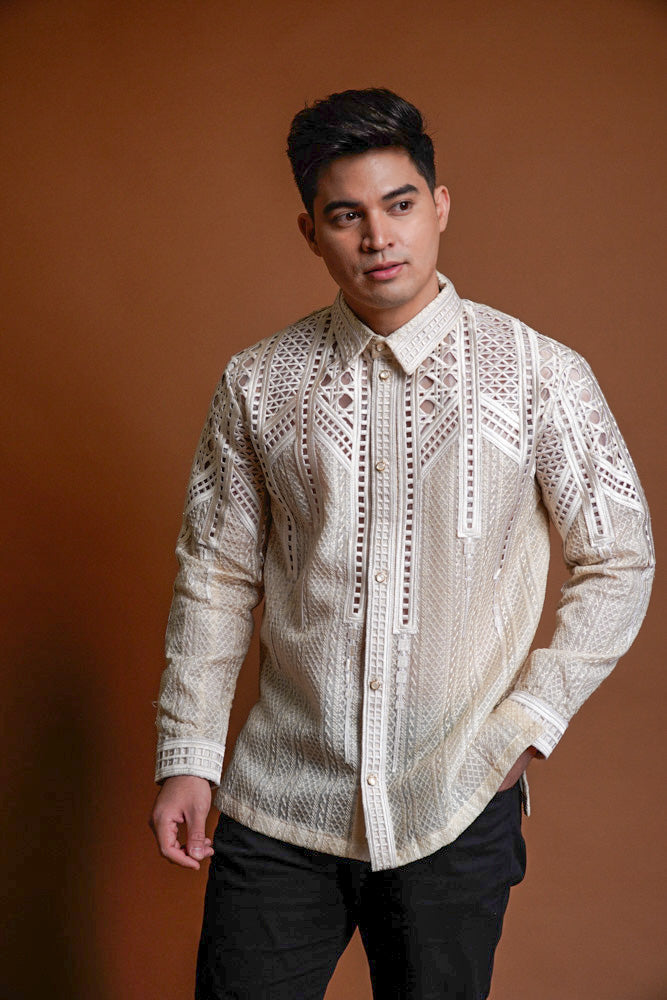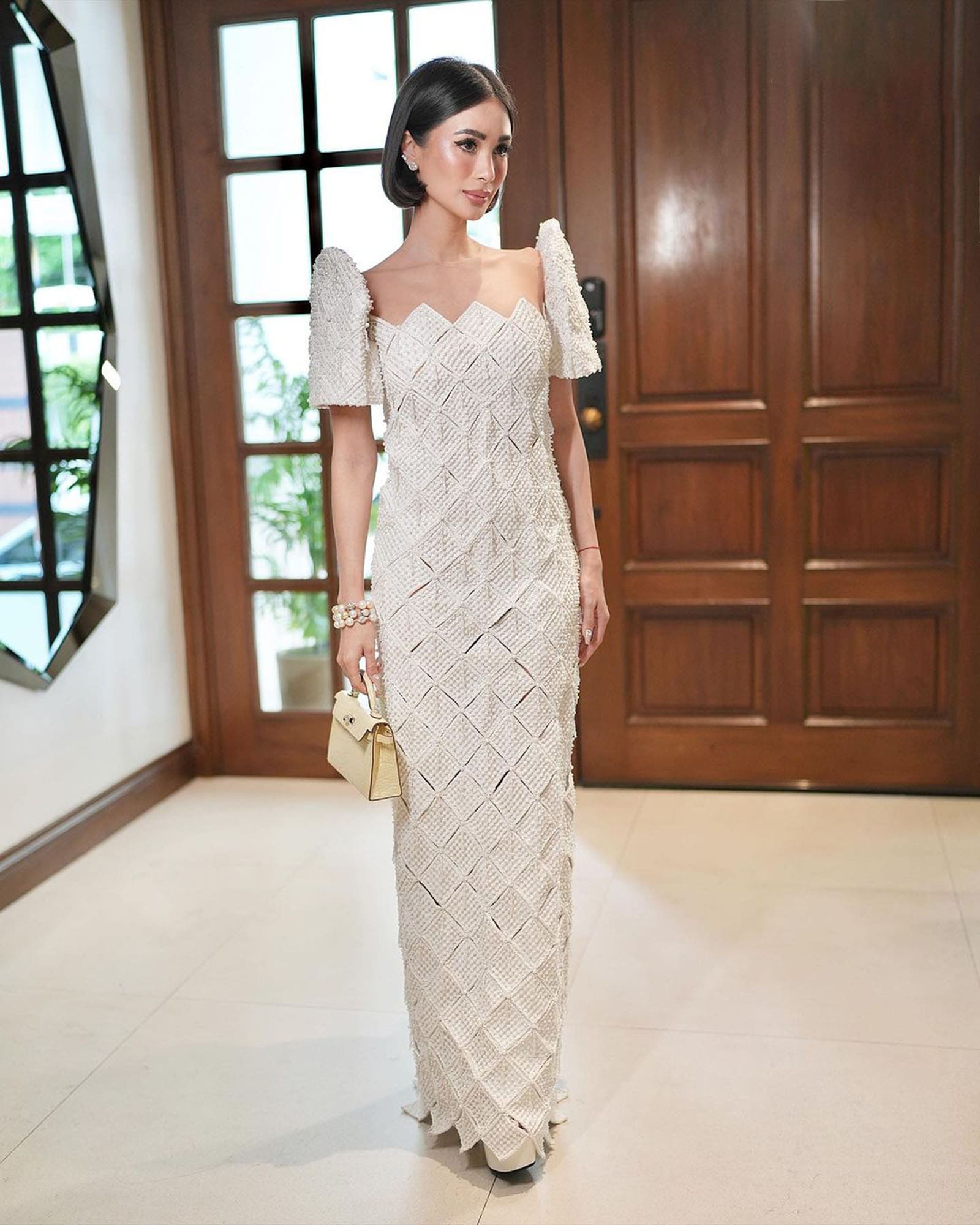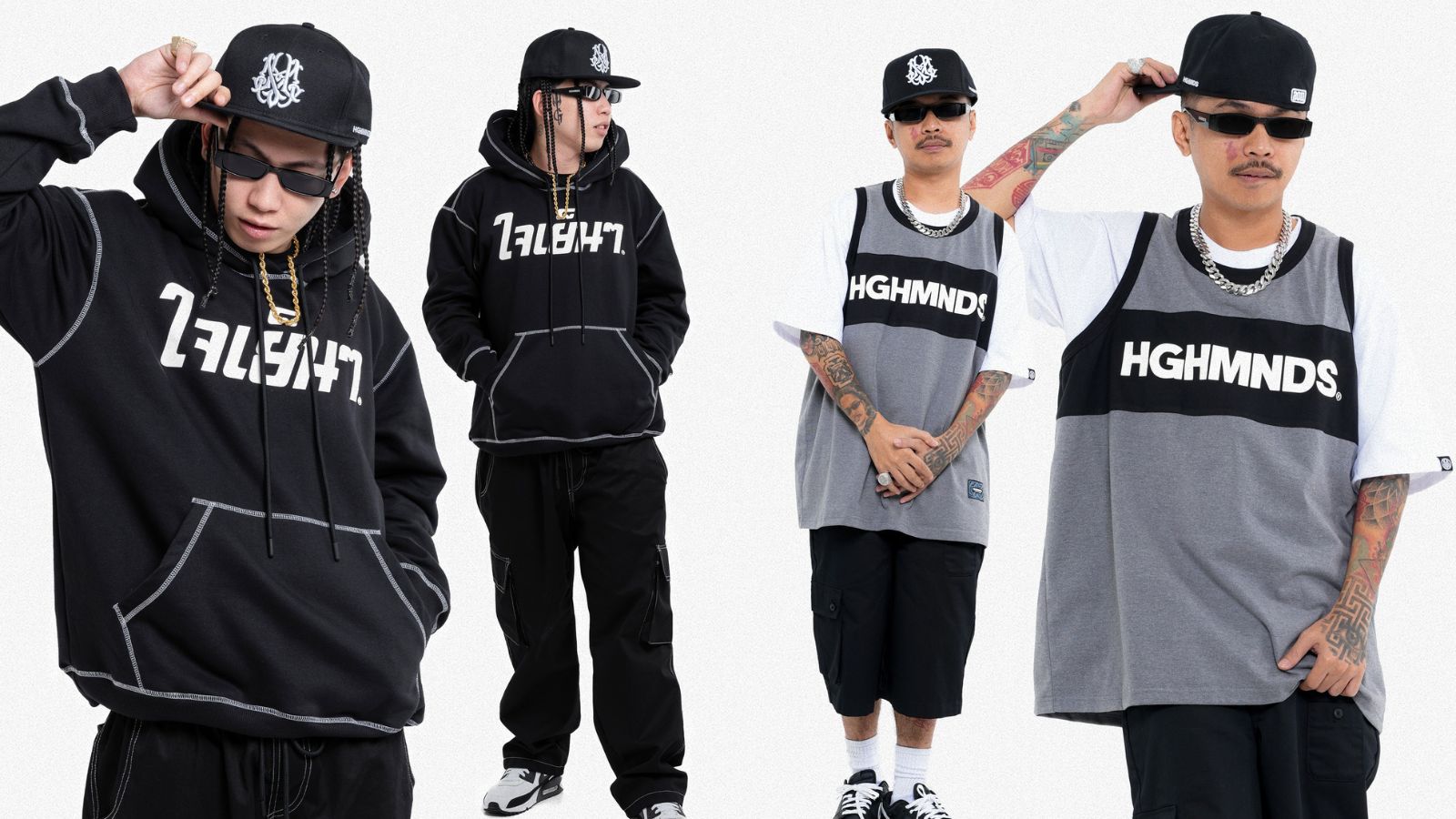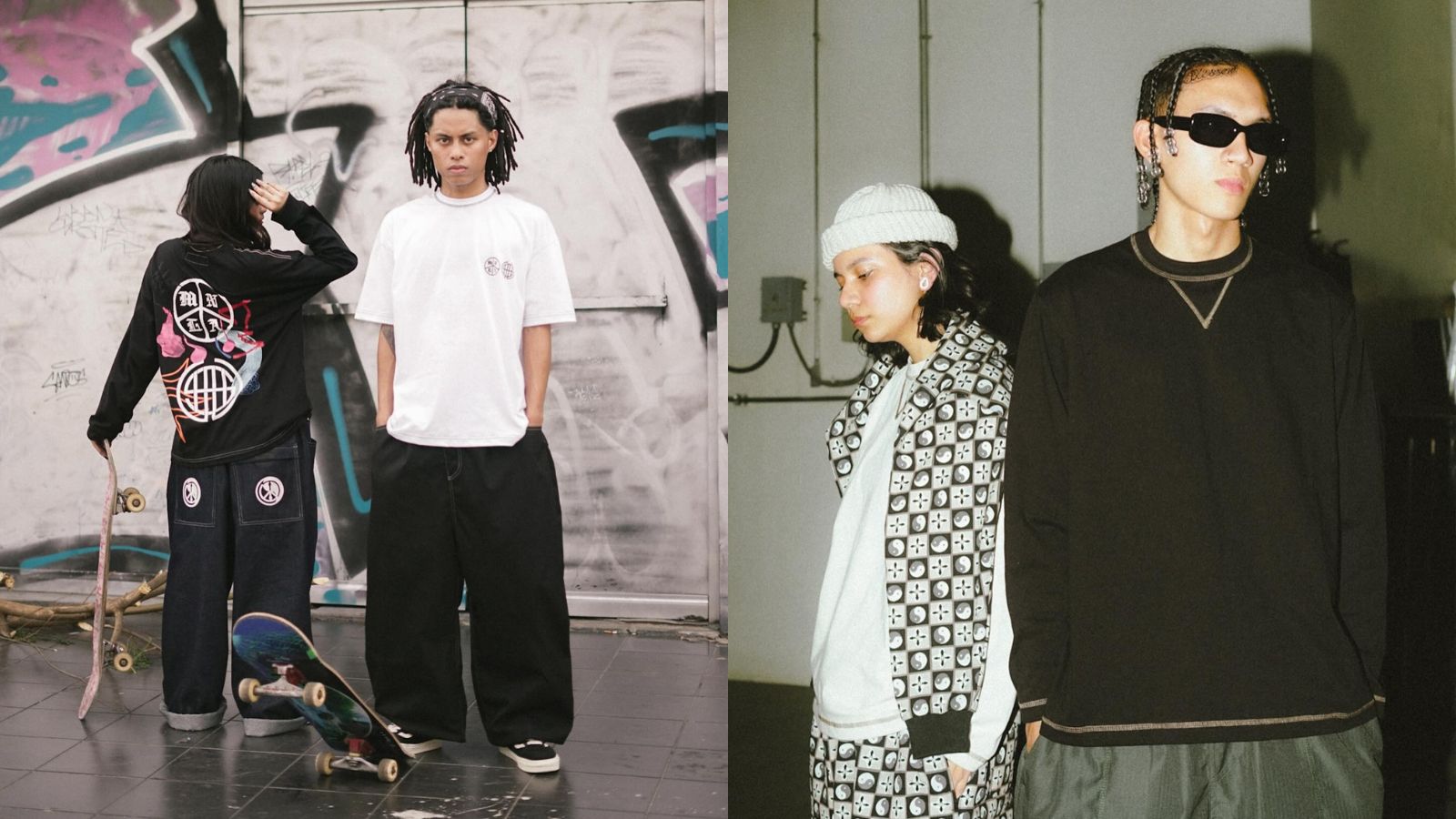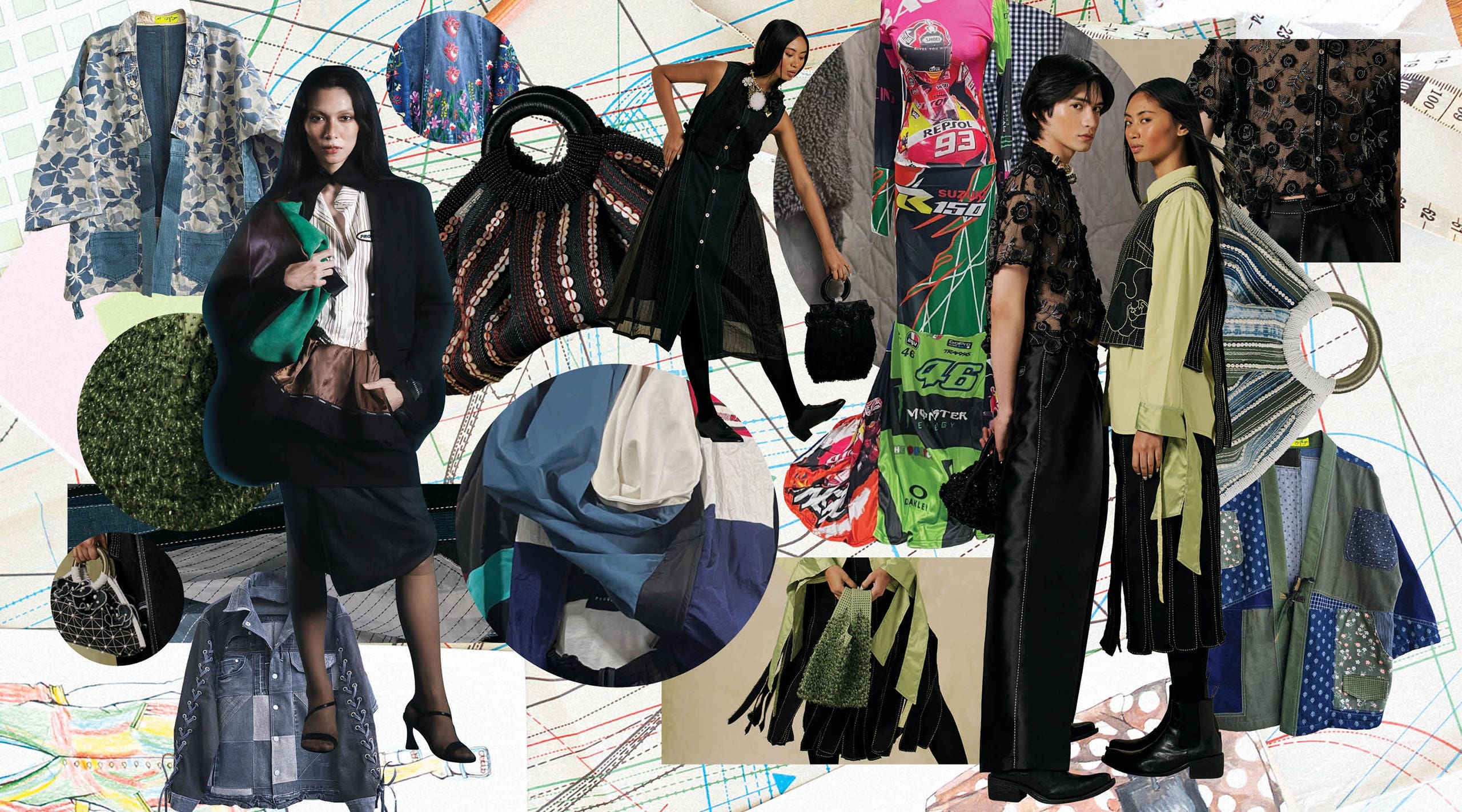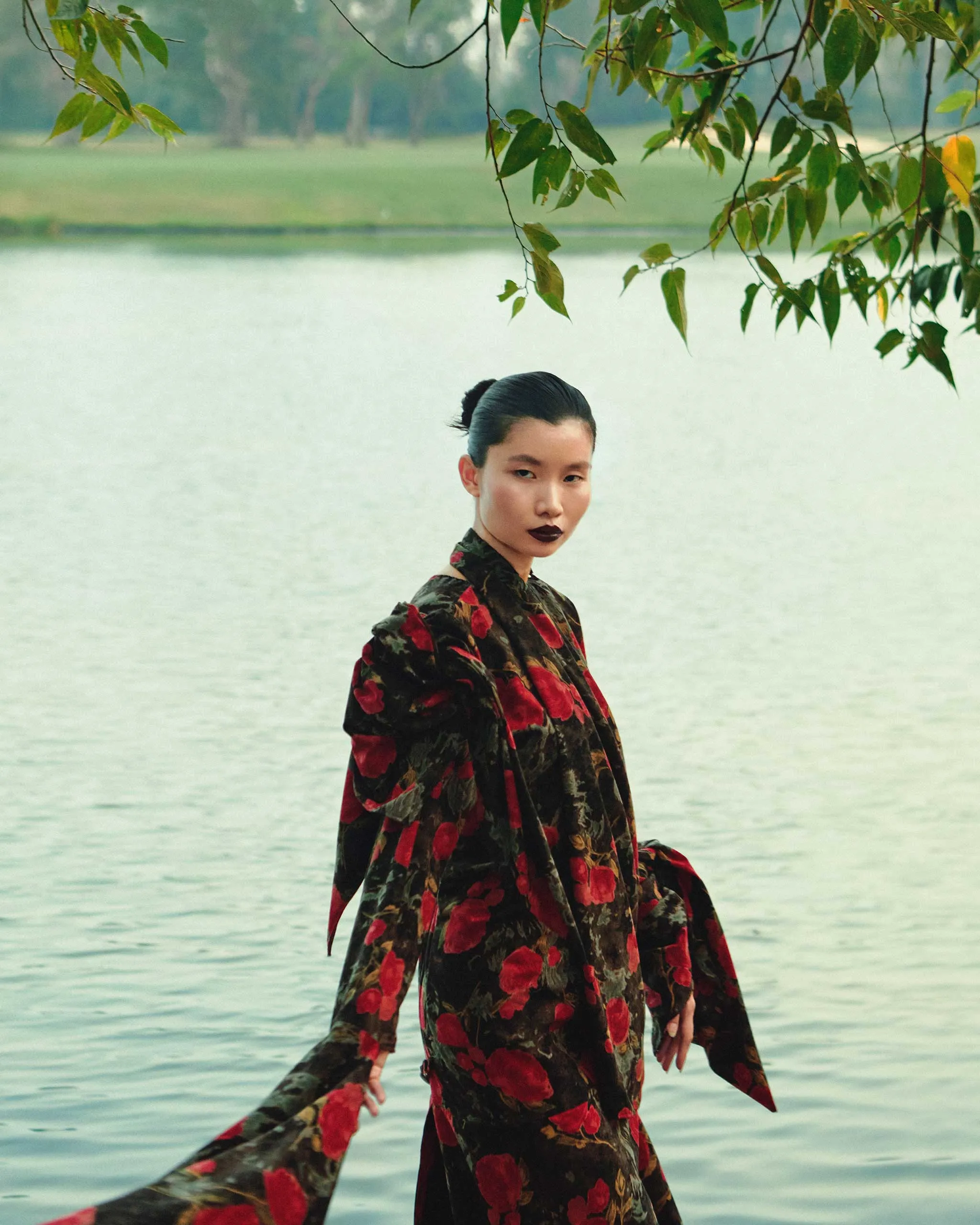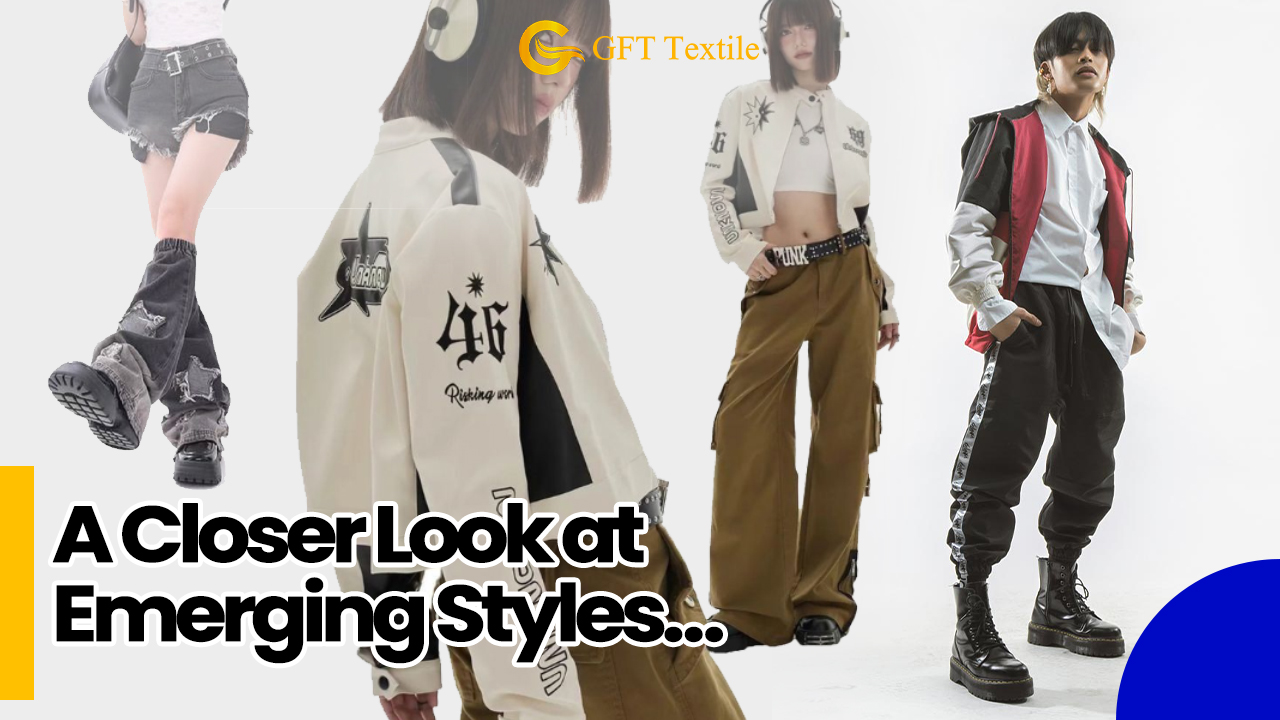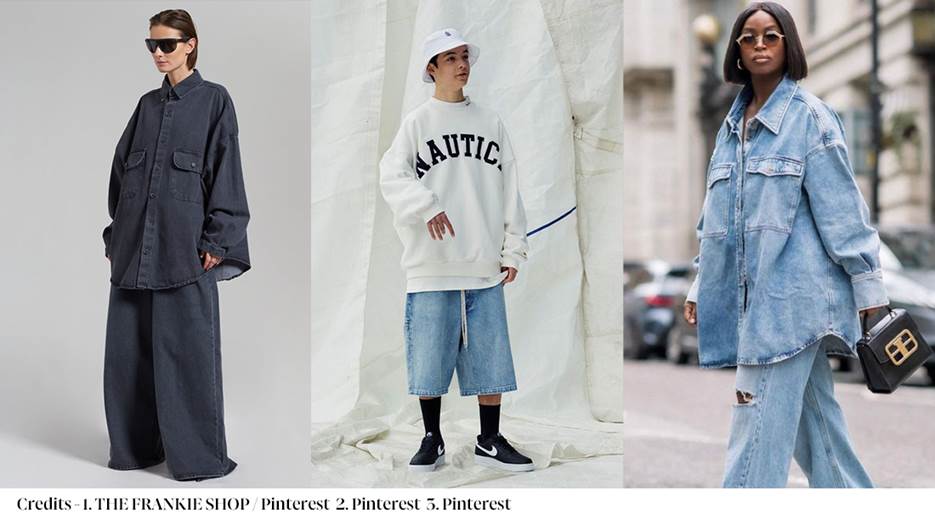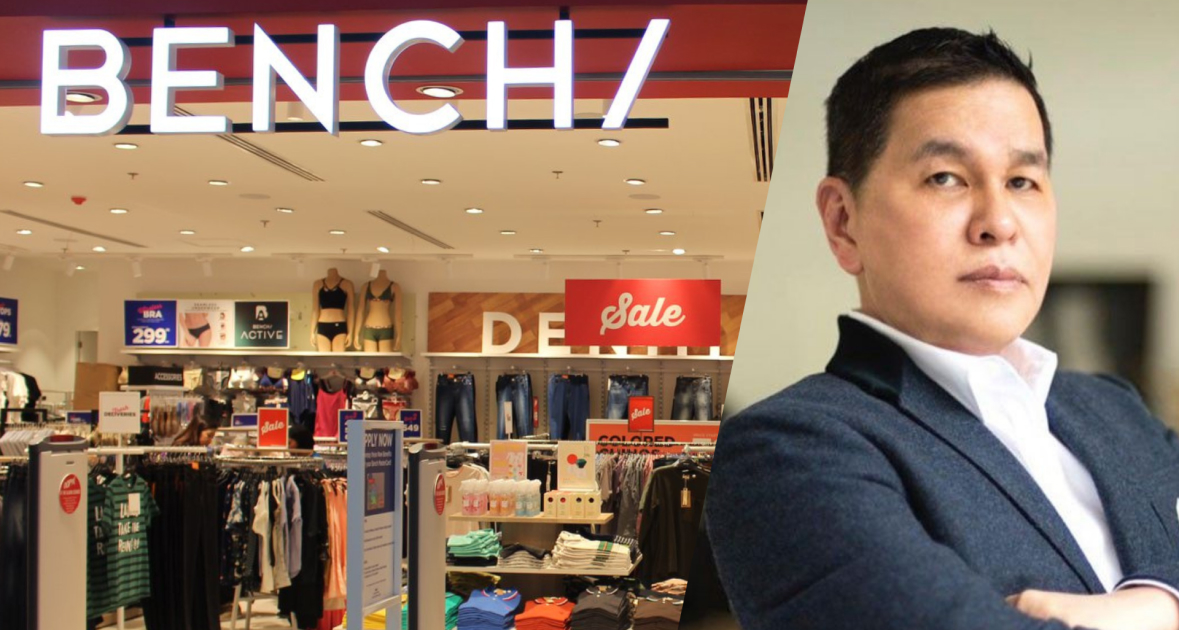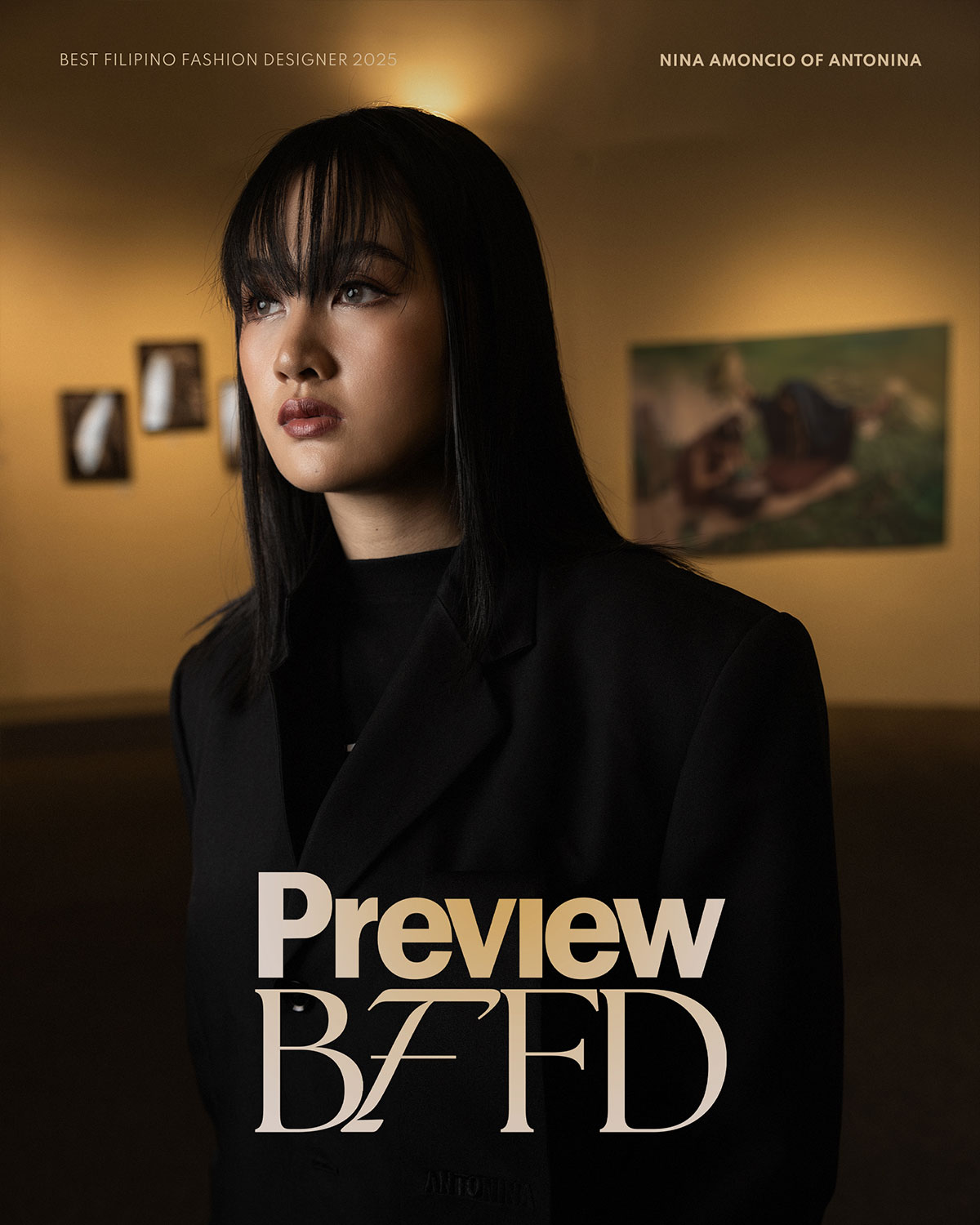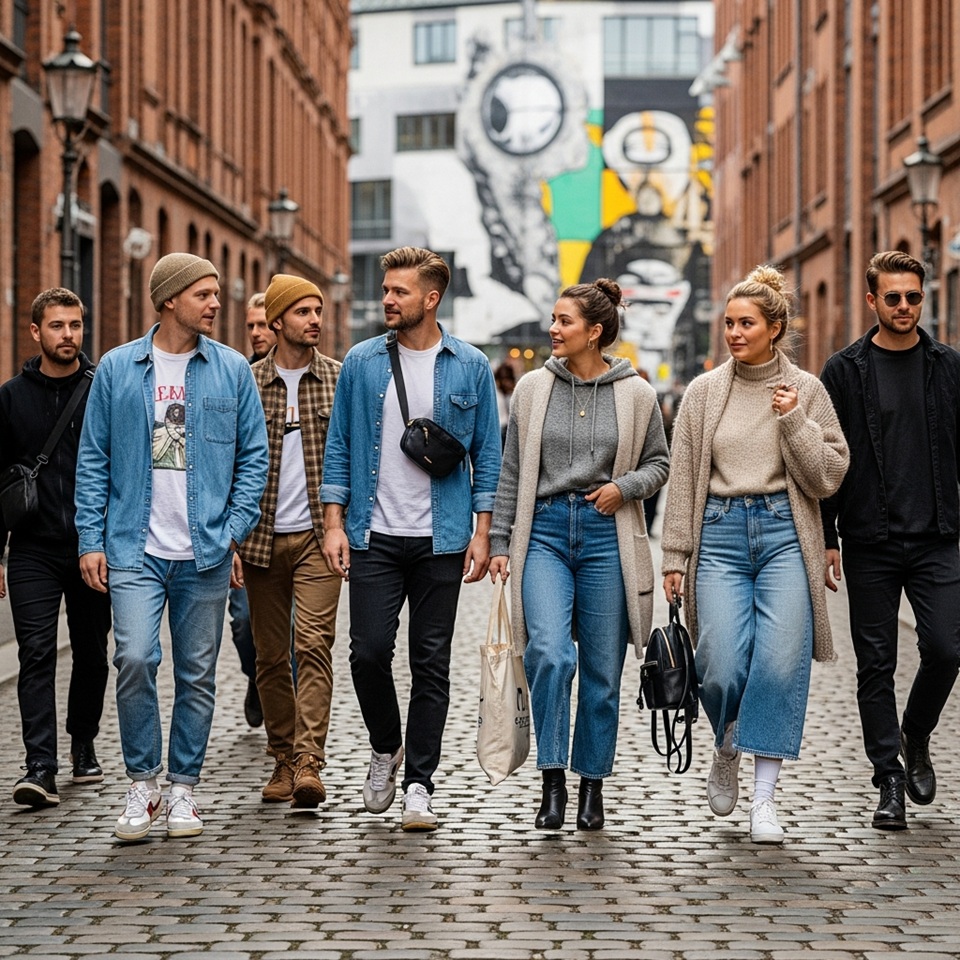Current Fashion Trends in Philippines 2025:Discover the Latest Styles Now
If you’ve been wondering what’s actually going on in the Philippines’ fashion scene this year, let’s walk through it. This article will break down what’s trendy in 2025, highlight how sustainability and functional versatility are weaving into local styles, show you how street style is defining “The Best Street Style” locally, and discuss the resolutions and challenges the market is facing.
What’s shaping the fashion market in 2025
The fashion market in the Philippines in 2025 is dynamic. On one hand, global influences remain strong – K-pop and Western streetwear still ripple through Manila and beyond. On the other hand, there’s a growing push for locally-rooted identity, heritage revival, sustainable materials, and practical designs that match the tropical climate and active lifestyles of Filipinos. For instance, fabric trend reports from early 2025 highlight that fashion in the Philippines is moving beyond fast fashion to incorporate deeper meaning. Gold Fortune Textile+2Accio+2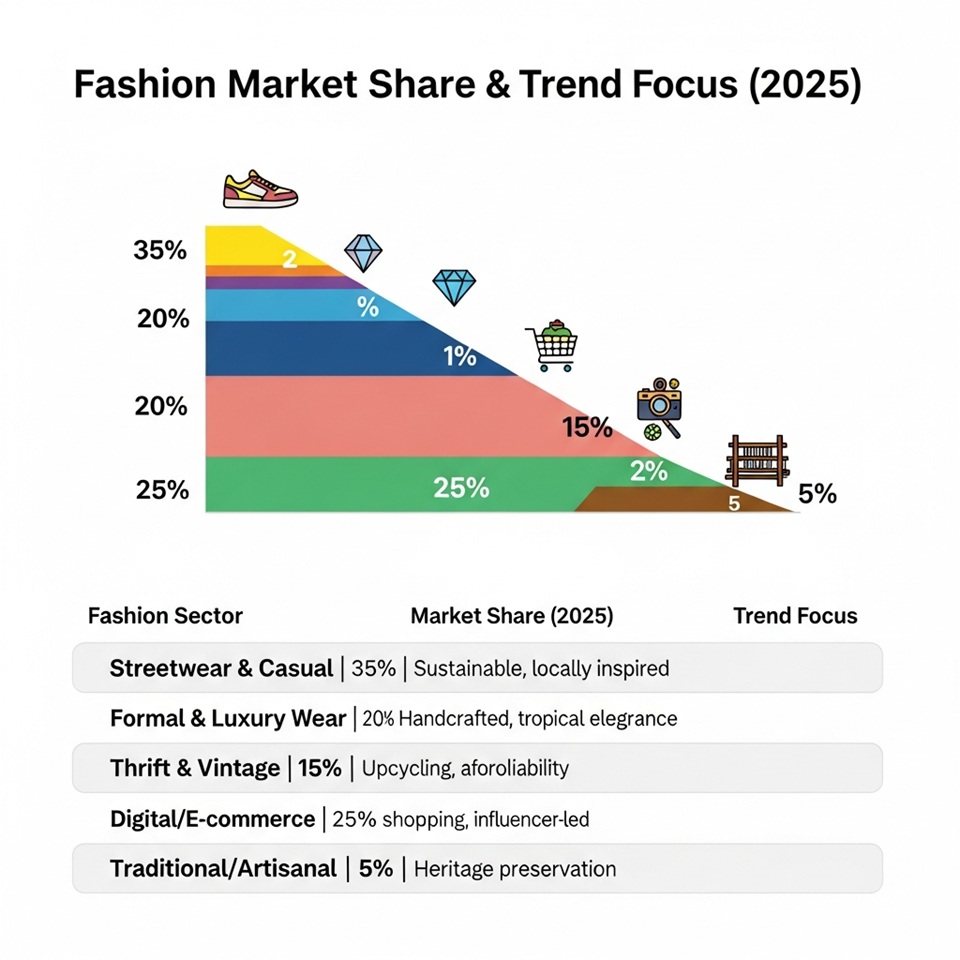
The fashion market is estimated to be worth over USD 3.7 billion in 2025, driven by e-commerce growth, sustainability trends, and digital retail innovation. Local online stores and global platforms like Zalora, Shein, and Shopee are competing for dominance.
So when you see “Discover the Latest Styles Now”, it’s not just about flashy garments – it’s about clothes you can live in, styles you can identify with, and garments that respond to climate, culture, and personal expression.
Key Trends to Know
1. Heritage meets modern
In the Philippines, traditional garments and textiles aren’t static museum pieces – they’re being reinterpreted. The classic Barong Tagalog is being made in lighter linen or ramie fabrics, with streamlined cuts, paired with jeans or more casual trousers. Gold Fortune Textile+1
2. Street style with local flavour
Streetwear in the Philippines is alive and well, but it’s not just imported wholesale. Local youth are blending global influences with uniquely Filipino touches. For example:
-
Sneaker culture with local collaborations or colourways inspired by the local environment. Gold Fortune Textile
-
This means “The Best Street Style” in Manila or Cebu these days might include a bomber jacket over a woven Filipiniana skirt, or a bucket hat embroidered with a Philippine phrase.
3. Sustainability and functional versatility
More than just making a statement, fashion in 2025 in the Philippines is also shifting to versatile products (you can wear them different ways, layer them, mix high and low), and sustainable (better materials, local craft, slower production). A fabric-industry blog pointed out that in early 2025, designers in the Philippines are embracing craft, natural fibres, upcycled materials. Gold Fortune Textile+1
In a sense, you’re seeing less of “throw away” items, more of “wear many ways” pieces.
4. Gender-neutral, minimalism and utilitarian impact
Another note: Filipino fashion is embracing more unisex designs, clean lines, muted palettes, and minimalism. According to a trend summary for Manila 2025, minimalist and gender-neutral styles are gaining ground. Accio
5. Colour, texture and revival of prints
While minimalism is growing, so is interest in bold prints, textures and nostalgic colours. In the first months of 2025, local reports noted:
-
“Mocha Mousse” (a warm earthy tone) is predicted to feature widely. Gold Fortune Textile
-
Local woven textiles (like abel, piña, indigenous patterns) are getting modern treatment.
All this gives room for personality and culture in the wardrobe.
Table – Quick Comparison of Key Trends
Here’s a table to summarise how these trends play out in practical terms:
| Trend | What it looks like on the ground | Why it matters |
|---|---|---|
| Heritage meets modern | Barong or Terno in modern fabric; fusion of traditional & casual | Connects fashion with culture, offers uniqueness |
| Street style with local flavour | Graphic tees with Tagalog print, local sneakers, accessories | Expresses identity, resonates with youth |
| Sustainability & versatility | Natural fabrics, upcycled pieces, convertible garments | Better for environment, smarter consumption |
| Gender-neutral / minimal / utility | Unisex silhouettes, muted colours, functional details | Broadens fashion spectrum, responds to active use |
| Colour/texture revival | Earth tones, bold prints, indigenous textiles | Keeps fashion exciting, preserves craft |
Benefits for the Shopper
Knowing these trends gives you several advantages:
-
You can shop more intentionally. Want something that works for different occasions? Look for the versatile pieces.
-
You’ll spot local brands and craftsmanship, which often offer better value and uniqueness.
-
You’ll avoid getting stuck in fast-fashion fads that look dated quickly.
-
You’ll express your identity and culture. If a brand uses Filipino patterns or languages in designs, you’re wearing more than just a garment.
-
Given climate and lifestyle in the Philippines, you’ll find garments that actually work in real life, not just for a one-time event.
Resolutions for the Market (What to aim at)
Here are some positive moves the Philippine fashion market should continue chasing:
-
Stronger support for local artisans and weaves: The revival of indigenous textiles needs infrastructure, recognition, investment.
-
Better education for consumers: Helping shoppers see why sustainability or versatility matters, so they choose wisely.
-
Increased size-inclusivity and accessibility: Making sure fashion isn’t only for certain body types or socio-economic groups.
-
More collaboration between local and global: When local brands partner with international design or distribution, the reach expands, and culture gets shared.
-
Transparent supply chains: More brands clarifying their sourcing, labour practices, materials will build trust.
-
Climate-responsive design: Given the Philippines has tropical climate and frequent weather changes, fashion that accounts for heat, humidity, storm seasons will win.
These resolutions align with the “functional versatility” theme: clothes that are not just trendy but practical, durable, meaningful.
Challenges the Market is Facing
No market is perfect, and the Philippines fashion sector has its own hurdles:
-
Production costs and scalability: Local small brands often struggle with higher costs of materials, manufacturing, so price points may be higher.
-
Consumer mindset: Many shoppers are still used to fast-fashion cycles (cheap, throw-away) rather than investing in a fewer, better pieces.
-
Sustainability trade-offs: While upcycling and natural fibres are growing, they can be slower and more costly; ensuring affordability is a challenge.
-
Distribution and logistics: Getting products from artisan regions to urban markets (or online) involves infrastructure that may still be developing.
-
Climate effect on materials: Fabrics must withstand heat and humidity; making sustainable fabrics that also perform is tricky.
-
Balancing heritage and modernity: It’s a fine line between using traditional motifs respectfully and turning them into gimmicks. Some risk losing meaning.
Addressing these challenges will take coordination between designers, manufacturers, government policy, and consumer education.
How to Apply This Trend Personally
If you’re reading this and thinking, “How do I bring this into my wardrobe or brand?”, here are some suggestions:
-
Shop local: Try Filipino brands that foreground heritage, craft, and sustainability.
-
Start small with versatility: A jacket that can go from casual daywear to a more dressy evening piece, or trousers that can pair with sneakers or dress shoes.
-
Mix heritage with modern: Perhaps wear a modern cut blouse with a fabric sash that uses local weaving, or a graphic tee with indigenous print accessories.
-
Consider quality over quantity: Given the move toward sustainable, durable fashion, invest in a few pieces you’ll wear multiple times rather than many one-time buys.
-
Be intentional with colour: Earth tones (like mocha mousse) or statement prints can refresh your look without needing a whole overhaul.
-
Support inclusive and unisex design: Choose items that consider different body types, that aren’t locked into “male/female” stereotypes if you prefer more freedom.
-
Care for your garments: Since sustainable pieces often use premium materials, proper care (washing, storing) will extend their life.
In short: your closet becomes a mix of identity, culture, practicality, and style.
Summary
In 2025 the Philippines fashion scene is moving in exciting ways. The market shows a healthy balance of local and global, heritage and modern, sustainability and style, functionality and flair. When you see “Discover the Latest Styles Now” in this context, it’s about more than trend-hopping — it’s about meaningful style choices. You have heritage pieces reworked for today; street style with a local voice; sustainable fabrics being chosen more; gender-neutral/utility cuts gaining traction; and pops of colour and texture keeping things fresh.
If you’re shopping or building a wardrobe (or even thinking of starting a small fashion brand), the key is: pick items that reflect you, that you will wear multiple times, and that respond to your climate, culture and lifestyle. The industry still has work to do (costs, awareness, infrastructure), but things are trending in a positive direction.
FAQs
1. What exactly does “functional versatility” mean in clothing?
It means garments are designed to serve multiple purposes: e.g. a blazer with removable sleeves, trousers that convert to shorts, a dress that can be layered for day/night. In the Philippines 2025 context, it also means clothes that suit tropical weather and active living.
2. Which materials are considered more sustainable in the Philippines fashion context?
Materials like linen, ramie, organic cotton, upcycled fabric, locally-woven textiles, and fabrics made through low-impact processes. These are gaining traction in Philippine fashion reports. Gold Fortune Textile
3. How can I identify local Filipino fashion brands worth supporting?
Look for: their use of Filipino culture or textiles; transparency in materials or labour; designs that reflect local climate; strong online/offline presence in the Philippines; and good consumer reviews. Lists of popular brands in 2025 show increased interest. chaeldeals.com
4. Are old traditional garments still relevant?
Yes. They’re being re-imagined. For example the Barong Tagalog, Terno, and indigenous weaves are being used in everyday fashion—not just formal wear. Accio+1
5. What are some quick styling tips to incorporate these trends into my wardrobe?
-
Try pairing a heritage-inspired textile accessory (scarf, belt) with a modern outfit.
-
Invest in one unisex or utility-style piece (like a jacket) that you can use often.
-
Choose one bold print or earth tone item this season to refresh your look.
-
Support a local brand and rotate their piece regularly.
-
Prioritize comfort and climate-appropriate fabrics.
6. Why is size-inclusivity becoming important in Philippine fashion?
Because as fashion moves from purely trend-driven to more meaningful and sustainable, it needs to serve everyone. Inclusivity helps brands reach more people and reduces waste from poorly fitting or unworn items.
7. How does street style in the Philippines differ now compared to before?
Earlier it might have followed Western streetwear more directly; in 2025 it’s more hybrid: global silhouette influence plus local culture (Tagalog prints, local slang, traditional textile inserts). It’s more expressive of Filipino identity. Gold Fortune Textile+1
Here are some standout local brands and designers from the Philippines in 2025, each with a bit of context about what they’re doing and why they’re interesting. We’ll also touch on approximate price-ranges (where available) and what to keep an eye on. This way, you get practical examples you can search, follow, or shop.
1. PENSHOPPE
Approximate price range & practical note: As a mass‐market brand, you’ll find T-shirts, casual layering pieces, jeans and basics with moderate price points. Good for entering local style without high designer cost.
What to check: Look at their 2025 or upcoming collections to see how they incorporate local flavor (prints, Tagalog slogans, heritage fabrics) and sustainability efforts.
2. BENCH/ (also styled “Bench”)
Price-range & note: Slightly higher than very cheap fast‐fashion, but widely accessible. Good for everyday pieces plus statement items.
What to check: See if their 2025 line includes fabrics with local weaves, limited editions, or partnerships with local designers/artisans—these are strong markers of trend toward heritage + sustainability.
3. NADI
What to check: The fabrics (linen, cotton, maybe upcycled), how the pieces are meant to be worn (versatility), whether the brand tells its story (which fabric, where made). Good for “living the trends”, not just buying them.
4. MANNISH
Price-range & approach: Might be slightly higher than basic T-shirts, but you’re getting design thought and flexibility (pieces you can layer, mix).
What to check: How you can integrate such pieces into your wardrobe: pick one “versatile” MANNISH piece and see how many ways you can wear it (day/night, casual/formal).
5. Antonina Amoncio (designer)
What to check: See if she offers a ready-to-wear line vs bespoke; location (Manila pop ups) and whether pieces integrate local textile or design heritage.
Summary Table of the Brands/Designers
| Name | Market Position | Trend Connection | Approx Price Tier |
|---|---|---|---|
| PENSHOPPE | Mainstream mass casual wear | Broad local trend, accessible style | Moderate (mass brand) |
| BENCH/ | Lifestyle apparel & accessories | Local culture + everyday wear | Moderate |
| NADI | Slow fashion niche label | Sustainability + limited quantity + deliberate style | Mid to higher niche |
| MANNISH | Gender-neutral, functional | Versatility + breaking gender norms | Mid tier |
| Antonina Amoncio (designer) | Designer label | Minimalist, high-quality, local roots | Higher end |
What this means for you (as a shopper or someone interested)
-
If you just want to refresh your wardrobe, Start with PENSHOPPE or BENCH for pieces that reflect current trends but won’t break the bank.
-
If you want to invest in one good piece, consider NADI or MANNISH for something that checks sustainability or versatility boxes.
-
If you’re looking for an “elevated” piece or special occasion garment, explore Antonina Amoncio (and similar designers) for a premium piece that stands out and has design value.
-
Mix & match: Perhaps pick one designer piece + some versatile items from functional brand + everyday staples from mass brand. That gives breadth and depth to your wardrobe.



